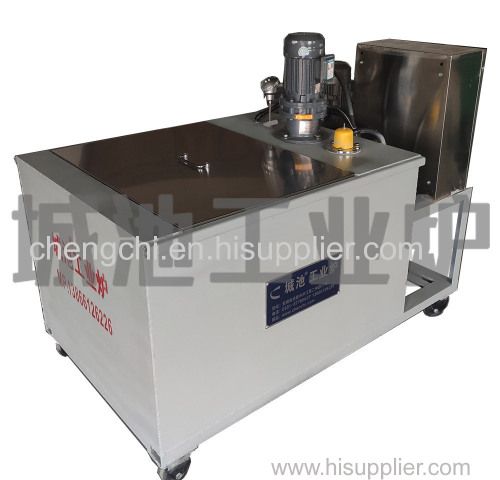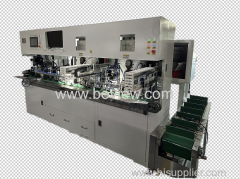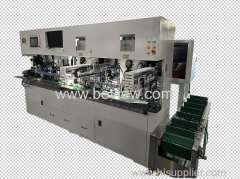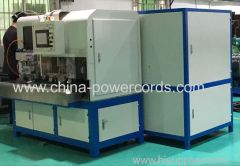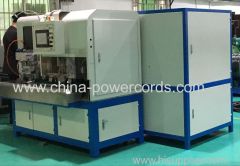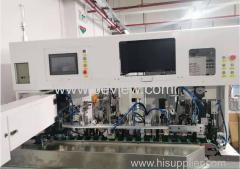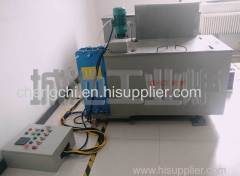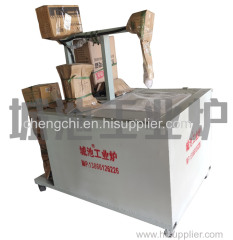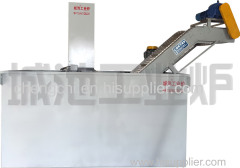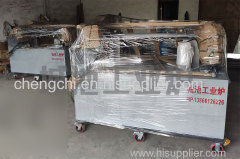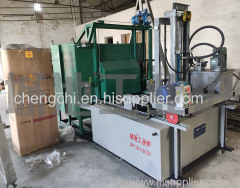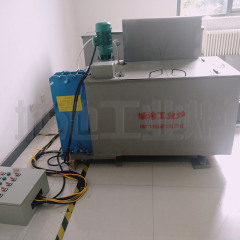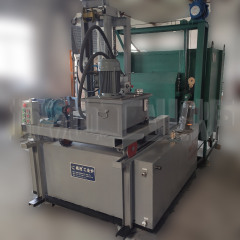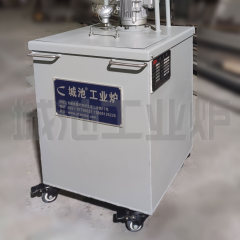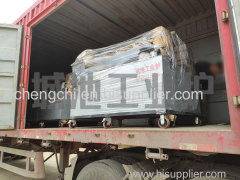
|
Hefei LuJiang ChengChi Industrial Furnace Factory
|
Double liquid quenching tank
| Price: | 8000.0 USD |
| Payment Terms: | T/T |
| Place of Origin: | Anhui, China (Mainland) |
|
|
|
| Add to My Favorites | |
| HiSupplier Escrow |
Product Detail
Double liquid quenching tank is a special quenching tank made by Chengchi industrial furnace according to the demand of double liquid quenching.
Double liquid quenching tank is a special quenching tank made by Chengchi industrial furnace according to the demand of double liquid quenching.
The double liquid quenching tank is composed of quenching water tank, quenching oil tank and control system. Quenching water tank and quenching oil tank can also be placed according to the quenching process requirements of different quenching medium, and the two tanks have separate stirring mechanism, heating mechanism, temperature display and control system. Not only can it be controlled separately, but also can be heated to make the water entering the quenching oil quickly removed.
Double liquid quenching tank
PS: About double liquid quenching
The two-liquid quenching method is to remove the quenched workpiece from the quenching temperature, cool it in the fast coolant first, make its austenite rapidly supercooled to close to the martensitic transition area, and then cool it in the slow coolant. It's usually water before oil.
The advantage of the two-liquid quenching process is fast cooling in the austenite unstable region and slow cooling in the martensitic transition region. Therefore, the microstructure stress and thermal stress are relatively small, so this quenching method can be applied to quench high carbon steel with small hardenability and complex shape tools. But using this quenching method has its drawbacks. The first is that it is difficult to determine the residence time in the first quenching agent. If the residence time is too long, the internal stress is too large, lose the significance of double liquid quenching; If the residence time is too short, there is a possibility of a transition to pearlitic structure in the second coolant, and thus not meeting the requirements. Sometimes the surface has reached martensite, but the central part is still warm. Excessive residual heat, so that when the workpiece is moved from the first coolant to the second coolant for a moment, it is possible to heat from the inside out, resulting in inappropriate surface tempering. Secondly, when the parts are removed from the first coolant and put into the second coolant, the temperature of each part of the workpiece is uneven, which will cause the generation of quenching defects. Therefore, when using this quenching method, quenching workers are required to have enough experience and skilled skills, otherwise it is difficult to achieve the expected purpose.

